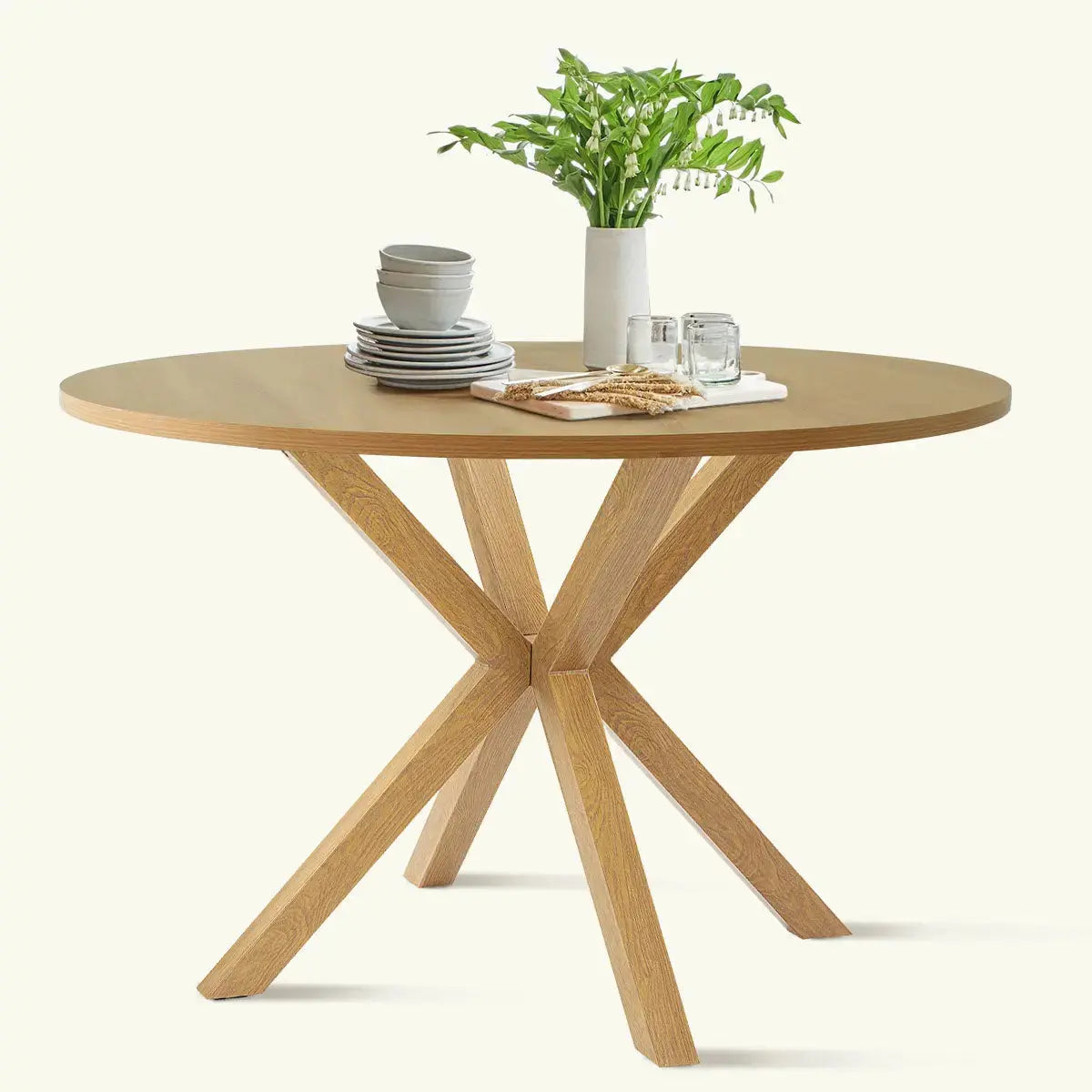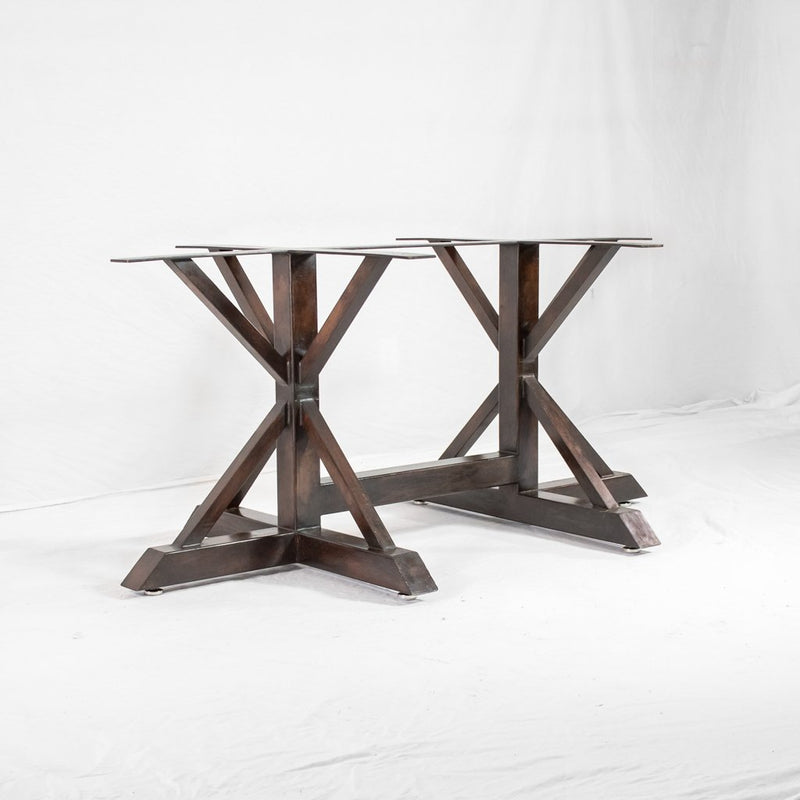Tips for Installing Dining Room Table Legs for a Modern Look
Tips for Installing Dining Room Table Legs for a Modern Look
Blog Article
From Typical to Modern: Discover the Perfect Eating Area Table Legs for Your Design
While traditional styles such as cabriole and transformed legs stimulate a sense of classic sophistication, modern designs like hairpin and geometric choices provide a chance for striking aesthetic interest. As you take into consideration these aspects, the inquiry remains: how can you seamlessly incorporate these diverse leg styles to create an unified eating experience?
Comprehending Table Leg Styles
The variety of dining-room table leg designs can dramatically influence both the visual appeals and capability of the room. Each leg design adds special aesthetic elements and useful functions, providing to diverse design preferences and use requirements. Understanding these designs is crucial for choosing the ideal table that aligns with your overall interior layout vision.
As an example, tapered legs offer a clean, timeless appearance that can boost a room's beauty, while stand bases supply stability and optimize legroom, making them ideal for smaller areas. Hairpin legs, a characteristic of mid-century contemporary design, introduce a commercial flair, permitting an airy, open feeling. Similarly, trestle legs stimulate rustic appeal, supplying durable support and a feeling of timelessness.
Additionally, the selection of products plays a considerable duty. Wood legs can bring heat and appearance, whereas steel options often communicate a streamlined, contemporary ambiance. Inevitably, understanding table leg styles is vital for producing a natural eating location that shows individual design while making certain practicality and convenience. By attentively considering these components, you can improve both the functional and visual allure of your eating space.
Traditional Table Leg Options
When choosing eating space table legs, typical alternatives often personify ageless style and workmanship. These styles mirror an abundant heritage and a commitment to top quality, making them optimal for those who appreciate traditional visual appeals.
One of the most famous typical leg styles is the cabriole leg, characterized by its graceful curved shape. This style usually includes attractive makings and is most commonly discovered in Queen Anne and Chippendale furnishings. One more prominent choice is the turned leg, which flaunts a series of smooth, rounded shapes that offer a classic appearance while preserving stability.
Moreover, the straight leg, while basic, provides a sturdy and unadorned framework that can mix perfectly with a range of tabletop designs. For those drawn to ornate detailing, claw-and-ball feet legs stimulate a sense of magnificence and can function as a spectacular focal point in any kind of dining space.
Last but not least, stand bases, although not strictly legs, offer a different traditional alternative that permits sufficient legroom and can be wonderfully sculpted. Each of these standard leg styles adds to the total atmosphere of a dining space, weding feature with aesthetic allure.

Modern Table Leg Layouts
Modern table leg styles offer a diverse range of styles that highlight cutting-edge products and tidy lines. These styles typically focus on capability while offering as striking centerpieces within a dining room. Minimalist aesthetic appeals prevail, with legs crafted from products such as metal, glass, and engineered timber, which contribute to a airy and contemporary feel.
One preferred design is the hairpin leg, identified by its slim, conical structure that offers stability without overwhelming the tabletop (dining room table legs). This design is usually discovered in mid-century modern-day you could try this out furniture and can effortlessly enhance various table forms. An additional trend is making use of geometric forms, where legs might take on angular or asymmetrical kinds, adding visual interest and a touch of creativity

Mixing Styles for Distinct Spaces
Typically, house owners seek to produce one-of-a-kind dining areas that mirror their personal style by mixing numerous style aspects. This method permits the incorporation of varied aesthetics, resulting in an unified yet distinct setting. As an example, matching a rustic wood table with streamlined, contemporary metal legs can create an attractive contrast that raises the room's total charm.
In addition, integrating vintage table legs with contemporary table tops can evoke a feeling of history while keeping a contemporary perceptiveness. Such mixes not just display specific preference but also urge creativity, permitting property owners to curate a space that feels both personal and welcoming.
Color plays a crucial function in this mixing procedure; picking table legs that match or comparison with the existing color plan can boost our website aesthetic rate of interest. For instance, whitewashed legs can soften the boldness of a dark table surface helpful hints area, developing a balanced visual.
Tips for Picking the Right Legs
Choosing the right table legs is vital for achieving both capability and aesthetic appeal in your eating space. Begin by thinking about the total style of your space. Traditional settings profit from legs that include intricate carvings or transformed designs, while contemporary areas might ask for sleek, minimalist styles.
Following, assess the height and stability of the legs. dining room table legs. Typical dining tables range between 28 to 30 inches in elevation, so make certain the legs complement this dimension for comfort. Furthermore, robust products, such as wood or steel, can boost security and long life
Review the leg form too-- options include straight, tapered, or stand layouts. Straight legs offer a classic look, while tapered legs can add a touch of elegance. Pedestal bases provide ample legroom and are perfect for smaller spaces.
Conclusion
In summary, selecting the optimal eating space table legs needs cautious consideration of both conventional and contemporary designs. Standard choices such as cabriole and turned legs offer ageless sophistication, while contemporary designs like hairpin and geometric forms supply a contemporary touch. By integrating leg style, elevation, and material with the general design, a natural and inviting atmosphere can be attained. Ultimately, the chosen table legs need to mirror the preferred aesthetic, enhancing the eating experience within the space.
The selection of eating area table leg styles can considerably affect both the appearances and functionality of the space. Eventually, recognizing table leg designs is important for developing a cohesive eating area that shows personal style while ensuring functionality and comfort.One of the most famous traditional leg styles is the cabriole leg, identified by its stylish curved shape. Straight legs supply a classic appearance, while conical legs can add a touch of elegance.In summary, picking the perfect eating area table legs requires mindful consideration of both typical and modern styles.
Report this page